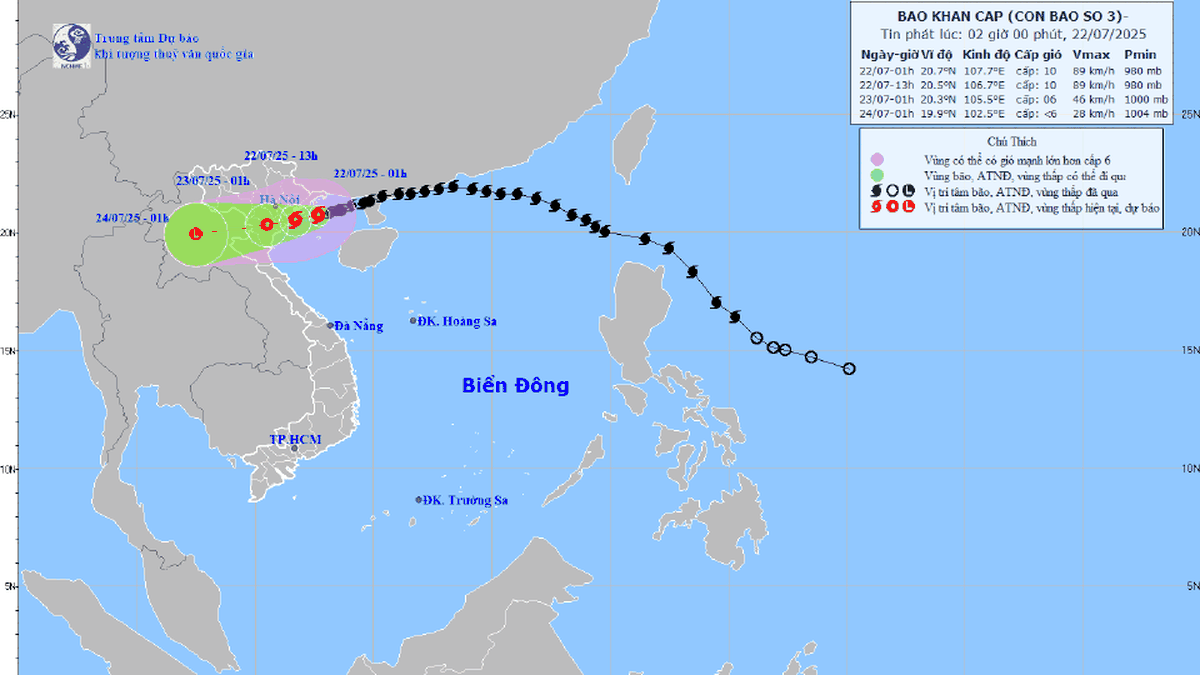Concerns about supply shortages continue to support rising oil prices.
At 5:45 a.m. on August 7 (Vietnam time), Brent crude oil price increased by 24 cents, equivalent to 0.28%, to 86.48 USD/barrel. At the same time, US WTI crude oil price increased by 22 cents, equivalent to 0.27%, to 83.04 USD/barrel.

Last week, oil prices set a record for 6 consecutive weeks of increase since late February 2022 when Moscow officially launched a special military operation in Ukraine.
Oil prices have been climbing steadily on signs of tightening global supplies amid rising demand in the remaining months of the year.
Last week, Saudi Arabia said it was extending its voluntary oil production cuts of 1 million barrels per day into September for the third month in a row. Riyadh also stressed that the cuts could be extended or that Riyadh could deepen production cuts in the future. This would bring Saudi Arabia's output to around 9 million barrels per day in September.
Along with Saudi Arabia, also in September, Russia will cut oil exports by 300,000 barrels per day, Reuters quoted Russian Deputy Prime Minister Alexander Novak.
Also according to Reuters, at the meeting on August 4, OPEC+ kept its production policy unchanged and noted that the group could take additional measures at any time. This, according to UBS bank, means that OPEC+ could cut production deeply if market conditions “deteriorate”.
Tightening supplies continue to support oil prices, sending Brent and WTI to their highest levels in three months this week. Brent has surged above $86 a barrel. UBS predicts Brent will trade between $85 and $90 a barrel in the coming months.
Also last week, the rise in oil prices was fueled by a shocking drop in US oil reserves. According to the American Petroleum Institute (API), US oil reserves fell by 15.4 million barrels in the last week of July. Meanwhile, the US Energy Information Administration (EIA) estimated a “larger” drop in US oil reserves of up to 17 million barrels.
However, oil prices have not always been on the rise. Last week, there were times and sessions when oil prices slid due to the strengthening of the US dollar and especially the downgrade of the US credit rating from AAA to AA+ by Fitch Ratings.
Last week, data from the US Department of Labor showed that the number of Americans filing new claims for unemployment benefits rose slightly by 6,000 to 227,000 in the week ending July 29. Meanwhile, the rate of layoffs in July fell to an 11-month low. According to the Institute for Supply Management (ISM), the non-manufacturing PMI index fell to 52.7 in July from 53.9 in June.
Recession fears in the US have eased, supporting oil prices, despite the prospect of more interest rate hikes from the Fed if the labor market remains tight, Bloomberg said.
Domestic gasoline prices
Domestic retail prices of gasoline on August 7 are as follows:
E5 RON 92 gasoline is not more than 22,791 VND/liter. RON 95 gasoline is not more than 23,963 VND/liter. Diesel oil not more than 20,612 VND/liter. Kerosene not more than 20,270 VND/liter. Fuel oil not exceeding 16,531 VND/kg. |
Source

























![[Photo] National Assembly Chairman Tran Thanh Man visits Vietnamese Heroic Mother Ta Thi Tran](https://vphoto.vietnam.vn/thumb/1200x675/vietnam/resource/IMAGE/2025/7/20/765c0bd057dd44ad83ab89fe0255b783)











































































Comment (0)